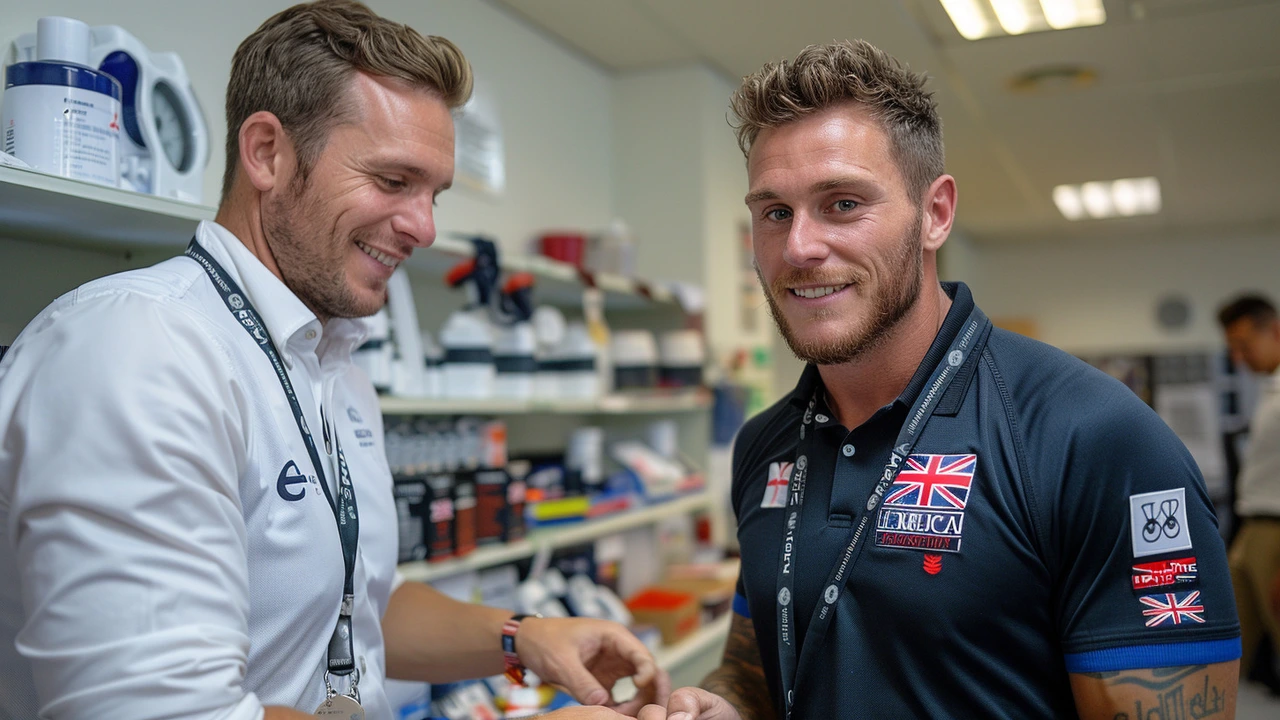The Physiological Impact of Sports Massage on Athletes
Sports massage has been recognized not only for its ability to provide relief from discomfort but as a strategic tool for enhancing athletic performance. The core of sports massage lies in its multifaceted approach to muscle recovery and its psychological benefits. Regular sessions are known to improve the blood flow, which is crucial for muscle recovery and regeneration. Good circulation delivers oxygen and nutrients more efficiently, which are essential for muscle health and performance.
Moreover, sports massage techniques such as effleurage, petrissage, and friction help in loosening tight muscles, breaking down adhesions in muscle fibers, and decreasing muscle stiffness. Such actions help in reducing the risk of injuries which frequently plague athletes. Besides the physical advantages, sports massage also instills a psychological calm, reducing anxiety and enhancing the mental focus necessary for competitive sports.
Perhaps one of the lesser-known benefits of sports massage lies in its ability to help eliminate metabolic waste from the muscle tissues. This function prevents conditions like delayed onset muscle soreness (DOMS), which can severely hamper an athlete's training and performance. By facilitating a faster recovery process, athletes can engage in high-intensity training more frequently and with reduced injury rates.
Lactic acid buildup often occurs with exercise, which can lead to painful and sore muscles. A systematic sports massage routine helps in dissipating lactic acid and other metabolic wastes, speeding up recovery and promoting a faster return to training regimes. The enhanced muscle elasticity achieved through massage not only improves performance but also increases the range of motion and flexibility, further decreasing the likelihood of injury.
Practical Applications and Techniques of Sports Massage
Understanding the precise techniques and their application depending on the athletic discipline is vital for effective sports massage therapy. For instance, a short, invigorating massage before an event can stimulate circulation, enhance flexibility, and decrease muscle stiffness, contributing to a decrease in injury risk and an increase in performance capability. On the other hand, a longer, more calming post-event massage focuses more on relieving tension, promoting relaxation, and accelerating the recovery process through physiological and psychological relaxation.
The choice of technique from a therapist’s toolkit can be specific to the sport involved. For runners, emphasis might be placed on lower limb muscles, while swimmers might require upper body work to tackle stress in the shoulders and back. Customizing the massage to the athlete’s specific needs and the demands of their sport maximizes the effectiveness of each session. Techniques like neuromuscular therapy, myofascial release, and trigger point therapy are particular forms of massage that delve deeper into the muscular structure and are renowned for their effectiveness in treating sport-related conditions.
It's crucial for athletes to include sports massage as a regular part of their training regimen, not merely as a remedy for pain. Consistent therapy can notably enhance physical performance, boost flexibility and range of motion, reduce muscle soreness, and prevent injuries. This proactive approach ensures that the athlete can continue to train effectively and compete at their best.
Working with a certified sports massage therapist who understands an athlete’s demands and how to address them through massage is crucial. This partnership can lead to tailor-made massage strategies that are finely tuned to each athlete’s condition, training phases, and specific physical requirements, ultimately contributing to a safer and more efficient improvement in overall athletic performance.






Write a comment: